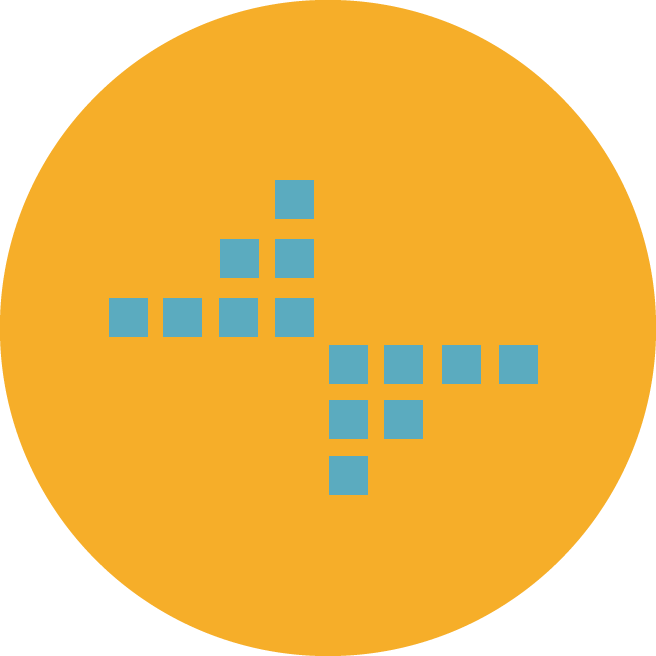
Understanding Gaucher Disease
Summary
Gaucher disease is a rare genetic disorder caused by a deficiency of the enzyme glucocerebrosidase, leading to the buildup of fatty substances in organs and bones. Treatments include enzyme replacement therapy (ERT), substrate reduction therapy (SRT), and supportive care. The global treatment market, valued at $2.1 billion in 2023, is projected to reach $2.51 billion by 2031, driven by better diagnostics, rising awareness, and research advancements. However, high costs, limited access, and reimbursement issues remain key challenges to broader adoption and care.- Author Company: futurewiseresearch
- Author Name: Vinay
- Author Email: sales@futurewiseresearch.com
- Author Telephone: +441416289353
- Author Website: https://www.futurewiseresearch.com/healthcare-market-research/gaucher-disease-treatment/10707
Gaucher disease is a rare inherited condition caused by the body’s inability to break down a fatty substance called glucocerebroside. This happens due to a lack of an important enzyme known as glucocerebrosidase. As a result, this fat builds up inside organs like the liver and spleen, and sometimes in the bones or nervous system, leading to a range of health issues.
There are three main types of Gaucher disease:
-
Type 1 (non-neuropathic): Affects organs and bones but not the brain.
-
Type 2 (acute neuropathic): Severe and appears in infancy with brain involvement.
-
Type 3 (chronic neuropathic): A slower-developing form that impacts the nervous system.
Available Treatments for Gaucher Disease
Treatment varies depending on the disease type and severity. Here are the key therapies available:
1. Enzyme Replacement Therapy (ERT)
This is the most common treatment, where patients receive lab-made glucocerebrosidase through IV infusions. It helps control organ swelling, improves blood counts, and supports bone health.
2. Substrate Reduction Therapy (SRT)
SRT works by slowing the production of glucocerebroside in the body, giving the deficient enzyme less to handle. It's often taken as an oral medication and is a good option for those who can't take ERT.
3. Supportive Care
This includes managing symptoms like pain, fatigue, or fractures with additional treatments such as blood transfusions, medications, and physical therapy.
Market Insights and Growth Potential
According to a report by FutureWise Research, the global market for Gaucher disease treatments is expected to grow from $2.1 billion in 2023 to $2.51 billion by 2031, growing at a CAGR of 2.2%.
This growth is driven by:
-
A higher global awareness of rare diseases.
-
Improved early diagnostic tools.
-
Ongoing innovation in genetic and enzyme therapies.
What’s Fueling the Market?
Several trends are accelerating market growth:
-
Rising Diagnosis Rates: Better access to genetic testing has led to earlier detection.
-
Therapeutic Advancements: New drugs and delivery methods are making treatment more effective and convenient.
-
Collaborative Research: Partnerships between biotech firms and academic institutions are speeding up clinical research.
Ongoing Challenges in the Space
Despite advancements, the Gaucher disease market faces a few roadblocks:
-
High Cost of Therapies: Treatments, especially ERT, are expensive and may not be accessible for everyone.
-
Limited Awareness in Some Regions: Many patients go undiagnosed, especially in low-resource areas.
-
Insurance & Reimbursement Gaps: Inconsistent healthcare policies make it hard for some patients to afford or access therapy.
